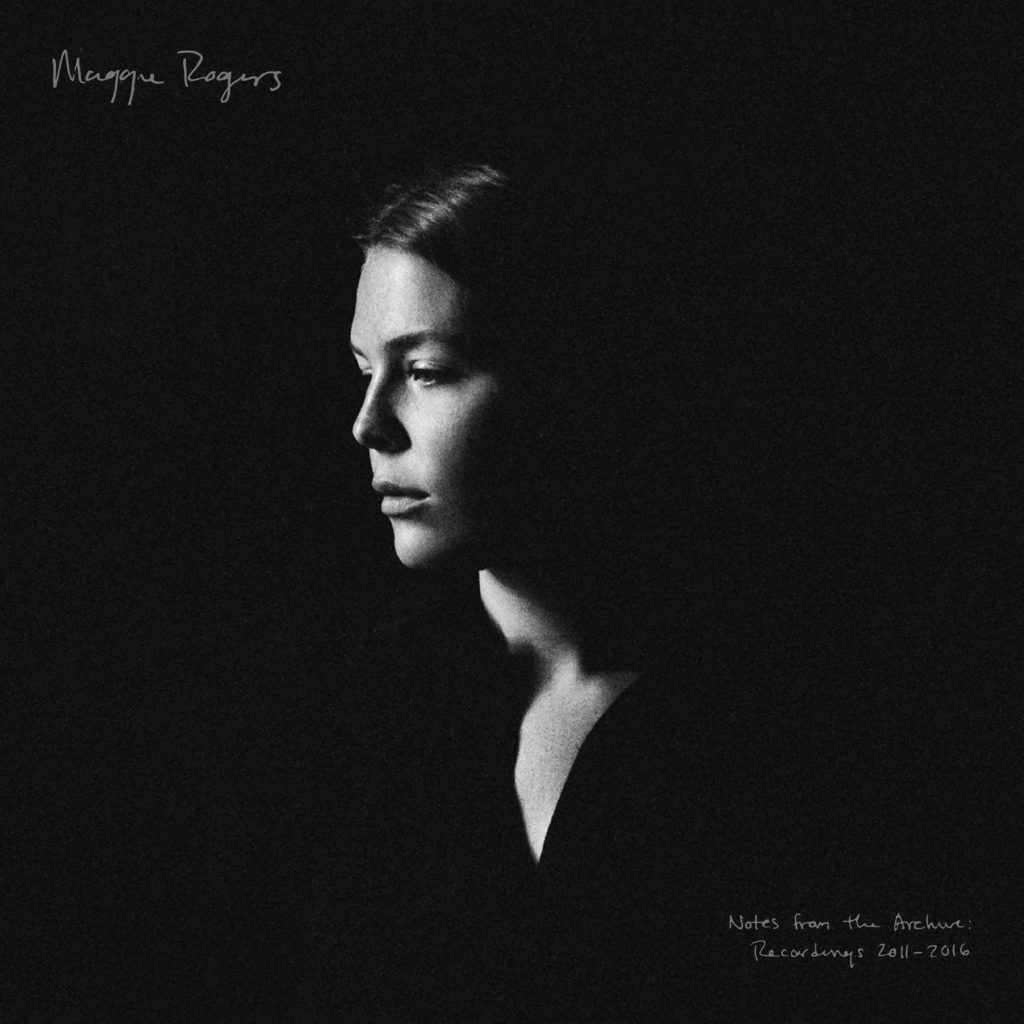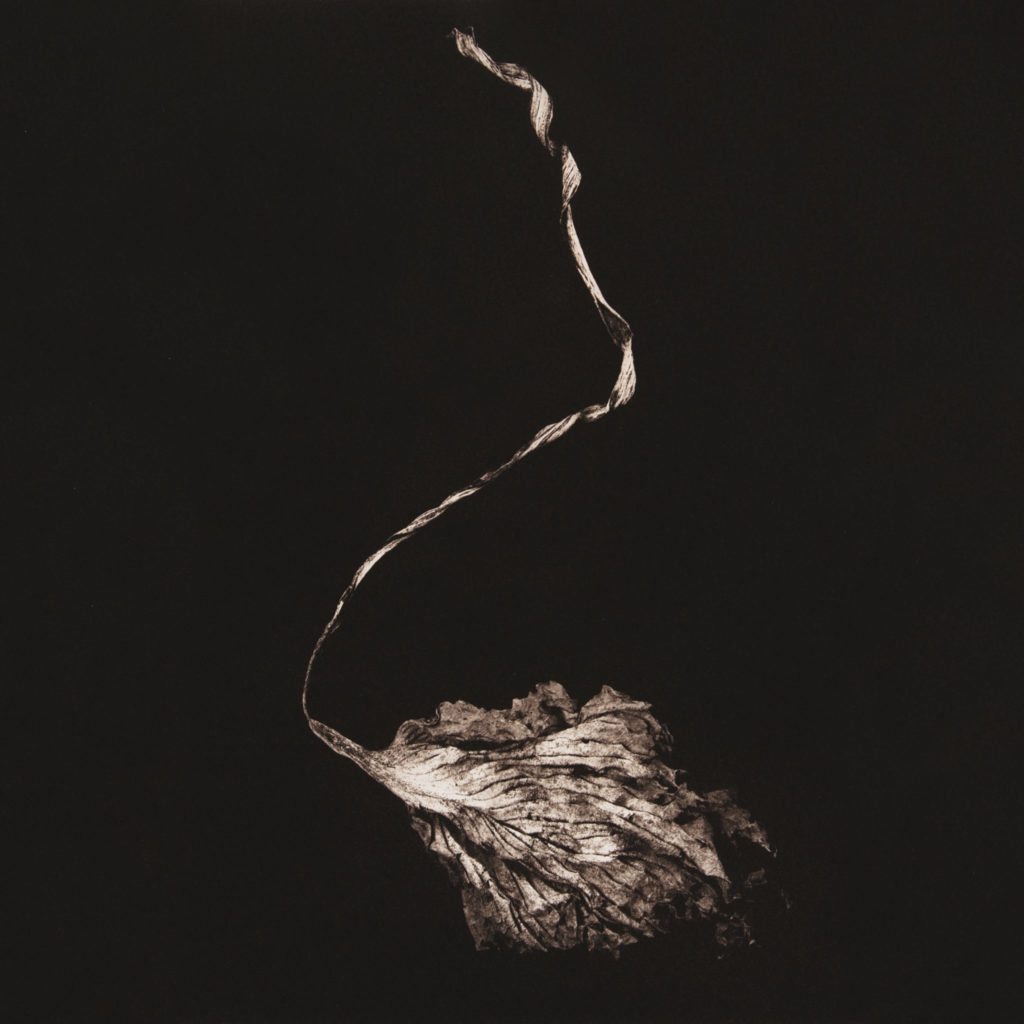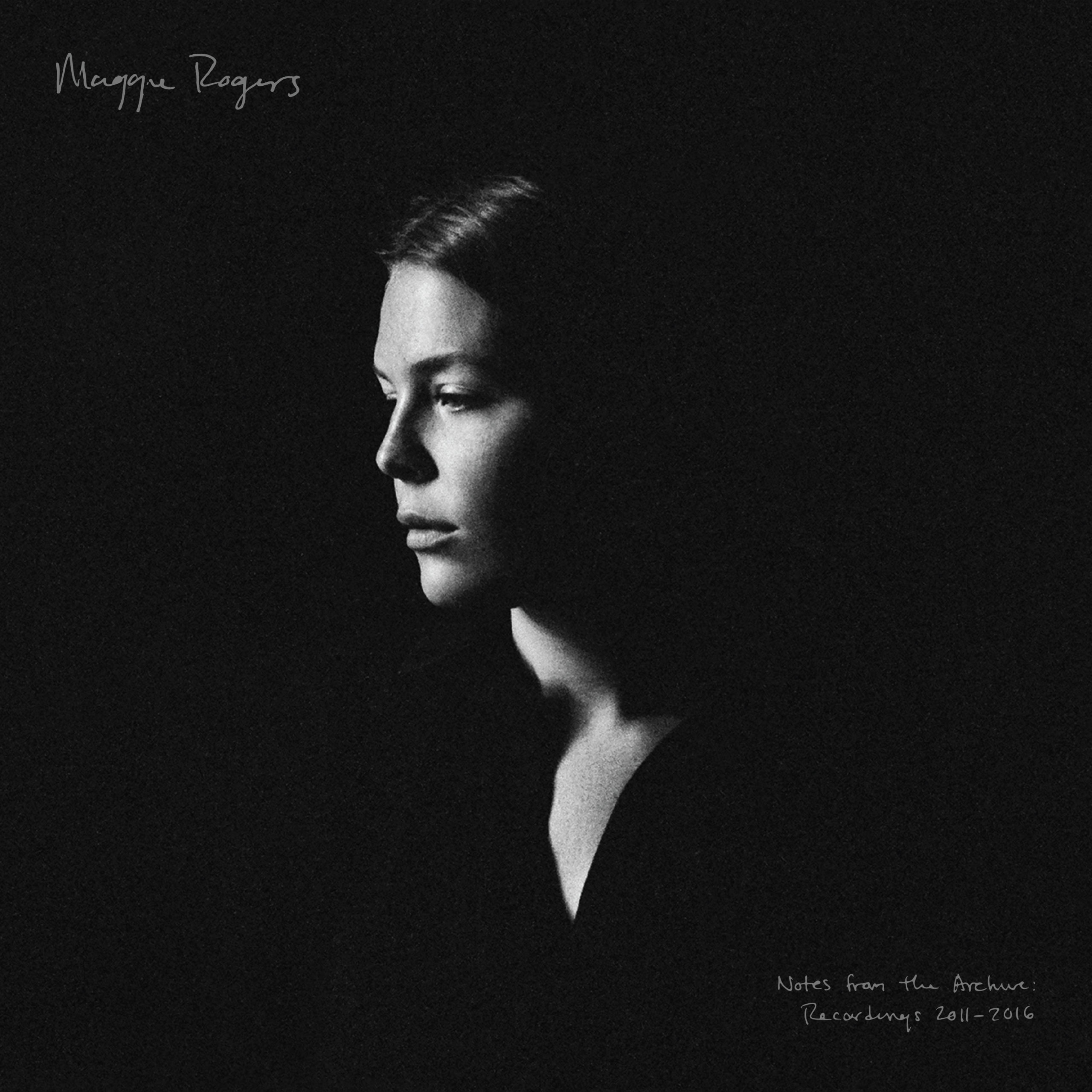Glass half empty, 2020 kind of sucked. Glass half full, a lot of new music was released during and as a result of it. But amidst the brilliant art inspired by this unprecedented year, perhaps the best new release is inherently not new at all. One of the few things getting me through those last cursed months of 2020 was the promise of a Maggie Rogers release, and on December 18th, that promise was kept. Notes from the Archive: Recordings 2011-2016 is a record whose candid title reflects its candid intent: to pay homage to the developmental decade of music that led up to Heard It in a Past Life.

Divided into four sections, the reverse chronology features 16 songs that travel backwards in time; this self-proclaimed Benjamin Button-esque manner of reflection is both endearing and intimate in that it allows us to hear Maggie grow younger while backtracking through the years of musical influence, experimentation, and maturation that culminated in her current sound. It’s like uncoiling the thread that is her timeline to arrive at the teen with the banjo at the heart of the spool. Moving in retrograde, if you will. Haha. Anyways.
NFTA’s first four tracks are from Rogers’ 2016 self-dubbed “rock EP,” a collection of unreleased songs from her senior year of college. At the same time that she was creating Now That the Light Is Fading, Maggie was simultaneously leading and playing guitar in a band, and it speaks to her versatility as an artist that songs so vastly different as these could be produced in the same era as “Better,” “Dog Years,” and the like. While “Celadon and Gold” takes a slower, soft-rock approach than the anthemic beats of “Together,” both are written with yearning and uncertainty at the juncture of young love and adulthood. “Steady Now” contrasts lyrics about overcoming and restabilization with piercing guitar and darker tones, and “One More Afternoon” is sonically dreamy but with heavier subject matter, a solemn waltz through processing and mourning the death of a loved one. These songs in all of their shoegaze glory reveal a side of Rogers and her music that is pensive yet pragmatic, biting yet lighthearted, and utterly cool. Imagining her, black boots-clad, guitar in hand, and having a blast on a Brooklyn stage confirms what we already know—that Maggie Rogers is a badass.

The next six songs are from Blood Ballet, Maggie’s second album that still lives in its entirety on Bandcamp today. While the LP is originally ten tracks long, the selections that made it onto NFTA perfectly encapsulate the notion of beauty in disarray that the titular blood ballet symbolizes and that characterizes the time from which this album was conceived. As her mid-college project, these songs bore witness to and reflect the chaotic good that was moving from her rural Maryland hometown to the heart of the city, experimenting with new sounds, and simply growing up. The bittersweet “James,” a well-wish to a former high school boyfriend, is a personal favorite from this album, mostly for its rustic, nostalgia-rich sound (and maybe also because of how well it coincidentally puzzle-pieces itself into the betty-cardigan-august love triangle from Taylor Swift’s folklore, but no matter). Both “James” and the banjo-laden “Resonant Body” are distinctly born from the same vein of folk that Maggie speaks of on her Song Exploder cameo and demonstrates in her debut LP The Echo (to be discussed later.) Yet while still reminiscent of her roots, “Blood Ballet,” “Symmetry,” “Little Joys,” and “On the Page” also showcase a shift in which you can hear her experimenting at the edge of the bridge between her grown-up music and the music she grew up with.
The next two tracks carry with them the revelation that Maggie was in fact a founding member of the band Del Water Gap, alongside Holden Jaffe, who still creates indie music under the name today. “New Song” is a powerful alternative-folk ballad weaved with layers of ringing harmonies, ornate lyricism, and flowing acoustics. It is preceded by “(Does it Feel Slow?),” a raw clip of the college-friends-turned-bandmates clearing their throats and quipping about the speed before diving into the song; by including this mere 17-second recording, the song itself feels even more intimate, like we are there, listening to the duo practice in their NYU laundry room. In short, if fans of both artists are anything like myself, this collaboration will leave them crying out, “Be still my indie-folk-loving-hopeless-romantic-heart!”
The album concludes with four songs from Maggie’s debut album, The Echo, written during high school and released when she was only 18 years old. These tracks, along with the other six that still live on Bandcamp, are a portrait of her earliest roots, of Rogers at her folksiest, her pluckiest, and according to her, her bravest. In the commentary edition of NFTA, she says that “there’s something really special about not knowing anything and thinking you can do everything that I was particularly empowered by,” and this sentiment echoes (ba dum tss) in each strummed banjo string and belted note, teaming with both naivety and boldness. You know when a friend or a significant other’s parent is showing you their old baby pictures and while the friend/S.O. in question cringes, you almost feel honored that they’re sharing this glimpse of the past with you? Well if NFTA is a scrapbook of song, then The Echo is Maggie’s baby pictures, and it is both entertaining and a privilege to audience her raw talent at its youngest.
While Notes from the Archive: Recordings 2011-2016 is simple in title and in theory, in practice Maggie Rogers crafted something quite complex. For one, it documents all that has changed, a coming of age evident in both her life and musical style, but it also documents all that has remained the same over the years. Her penchant for penning lyrics that read like they have been plucked from a poem, songs painted with colorful imagery, and music that is innately authentic, striking, and warm has prevailed throughout each stage of her musical journey. NFTA is an act of self-love, of paying homage to younger selves. But even further, it is an act of love to her fans, making us privy to her history as a musician and a person. If that weren’t a gift enough, Maggie also released a podcast companion to the record through which she walks us through the record and introduces each section with the context of each period: what inspired the songs, how she made them, who they’re for, what was going on in her life, etc. It feels as though she’s confiding in us, sharing secrets like old friends.
While NFTA is new to our ears, with 6 of the tracks previously unreleased and the rest uncorked after a period of being shelved from most streaming services, it is also a stride into uncharted territory for Miss Rogers herself in that it marks the inaugural release from Debay Sounds, Maggie’s own record label. Yet, despite all of this newness, NFTA is inherently not new at all; moreover, it serves as a sort of protest, a refusal to succumb to the rapid pace and perpetual demand for novelty in the music industry. In her interview with Atmos, Maggie likens her creative process to the icy landscapes in her breakout hit “Alaska” and describes how “art doesn’t move forward from constant production; art moves forward from reflection. If you think of the idea of a glacier—you have to take the time to look at the water that’s melted.” Notes from the Archive not only holds a mirror up to the meltage, but is a vessel for capturing it, for sharing it, and for celebrating it
In having this album on repeat for the opening weeks of the new year, it has left me with many a thought, one of which I’ll in turn leave with you: we should stop reflecting on our 2020s (and our lives in general) in half-fulls and half-empties. Perhaps we should take a page from Maggie Roger’s field notes and instead of measuring what’s in the glass, merely celebrate what’s melted, and the thrill of what can grow from it.
You can stream both editions of Notes from the Archive: Recordings 2011-2016 as well as Maggie’s Song Exploder episode below!

